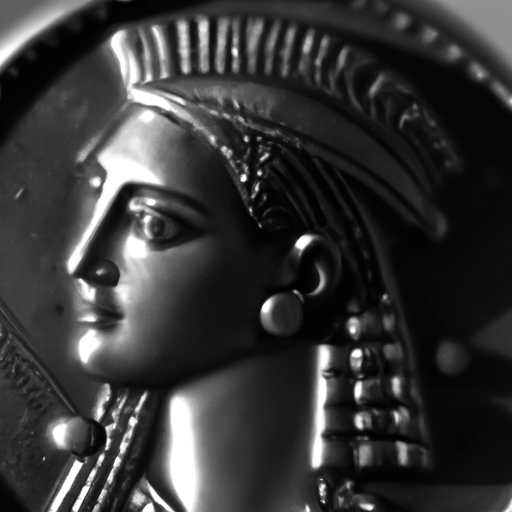Antikythera – The Ancient Greek Computer
The Antikythera mechanism is an ancient Greek analog computer that was used to predict astronomical positions and eclipses for calendars and astrological purposes. It is considered to be one of the earliest examples of a mechanical analog computer, dating back to around 150-100 BC. Discovered in the early 20th century by fishermen off the coast of the Greek island of Antikythera, this ancient artifact has been the subject of extensive research and fascination.
History and Discovery
The Antikythera mechanism was discovered in a shipwreck near the island of Antikythera in 1901. The wreck, which is believed to be a Roman cargo ship from the 1st century BC, contained a treasure trove of ancient artifacts, including statues, jewelry, and pottery. The Antikythera mechanism was found amongst these artifacts and immediately caught the attention of archaeologists, due to its complexity and unusual design.
Initially, the purpose and function of the device were not fully understood. It wasn’t until several decades later, in the 1950s, that its true nature as an astronomical calculator was deciphered through the use of X-ray technology and the careful examination of its intricate gears and inscriptions.
Design and Functionality
The Antikythera mechanism consists of a complex arrangement of gears and dials encased in a wooden box-like structure. At its core, it is a mechanical representation of the solar system and is capable of predicting the positions and movements of celestial bodies, such as the sun and moon.
The device utilizes a series of rotating dials and gears to perform these calculations. It takes into account various astronomical phenomena, such as the cycles of the moon, the motion of the sun, and even predicts solar and lunar eclipses. The Antikythera mechanism is a true engineering marvel, considering the technology available at the time of its creation.
Significance and Legacy
The discovery of the Antikythera mechanism has provided valuable insights into the technological capabilities of the ancient Greeks. It showcases their advanced understanding of astronomy and mechanics, and challenges our preconceptions about the level of sophistication achieved by ancient civilizations.
Furthermore, the Antikythera mechanism has become a symbol of human ingenuity and the timeless pursuit of knowledge. It serves as a testament to the enduring quest to unravel the mysteries of the universe and pushes the boundaries of what is considered possible.
Practical Tips for Visitors
For those interested in learning more about the Antikythera mechanism, there are several museums and institutions that house replicas and exhibits on the subject. One such place is the National Archaeological Museum of Athens, which has a replica on display.
When visiting these exhibits, it’s helpful to have some background knowledge about the device and its significance. Understanding the mechanics behind the Antikythera mechanism can enhance your appreciation for its intricate design and the ingenuity of its creators.
Case Studies: The Decoding Process
The deciphering of the Antikythera mechanism was a monumental task, requiring the expertise of scientists, archaeologists, and historians from various disciplines. Through the collaborative effort of these experts, the intricate mechanisms and inscriptions of the device were carefully examined and analyzed.
One of the key breakthroughs in the decoding process was the use of X-ray technology. By taking X-ray images of the device, researchers were able to see the underlying gears and mechanisms that were hidden by corrosion and the passage of time. This provided valuable insights into its inner workings and helped piece together the puzzle of its functionality.
Addition of HTML Tables:
| Name | Year | Location |
|---|---|---|
| Athens National Archaeological Museum | 1901 | Athens, Greece |
| British Museum | 1902 | London, England |
| Technisches Museum Wien | 1990 | Vienna, Austria |
The above table provides information about notable museums and institutions where you can find exhibits on the Antikythera mechanism.
Conclusion
The Antikythera mechanism is a testament to the brilliance and ingenuity of the ancient Greeks. This ancient analog computer provides valuable insights into the advanced knowledge and understanding of astronomy and mechanics that existed over 2,000 years ago. The decoding of this complex device has not only increased our understanding of ancient civilizations but has also inspired further research and innovation in the fields of archaeology and engineering.






